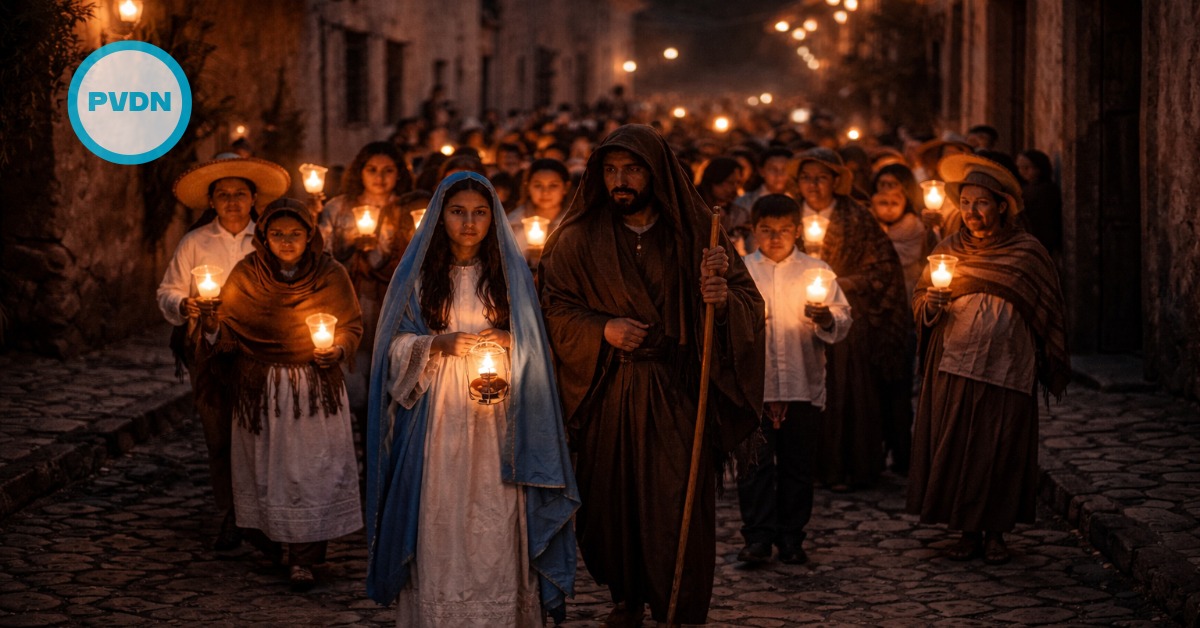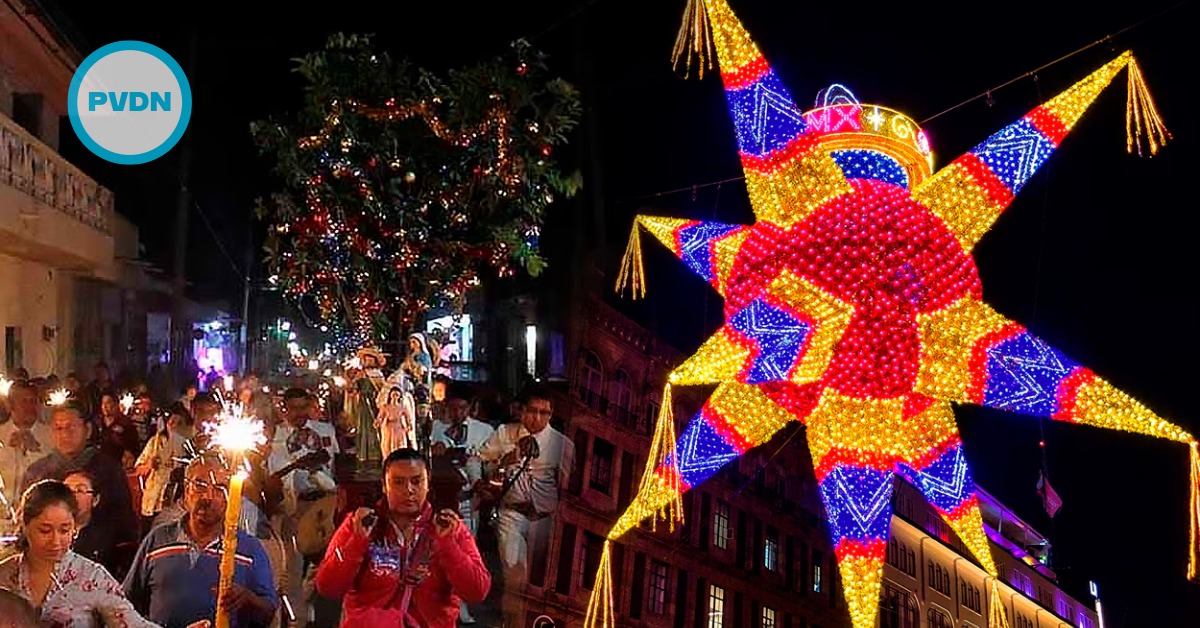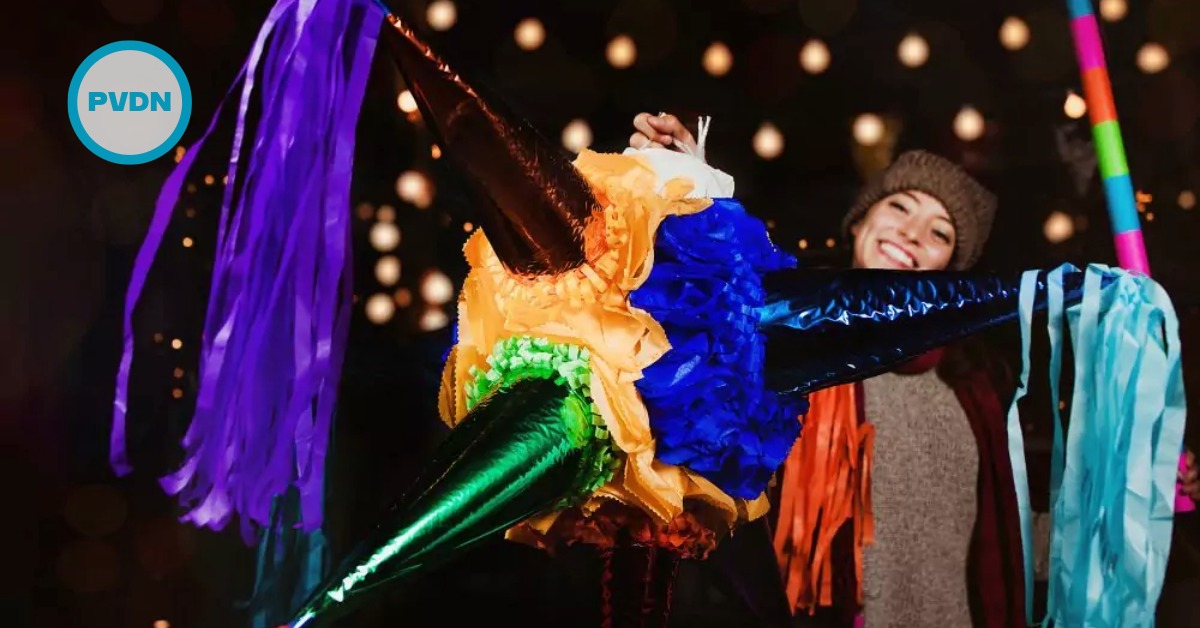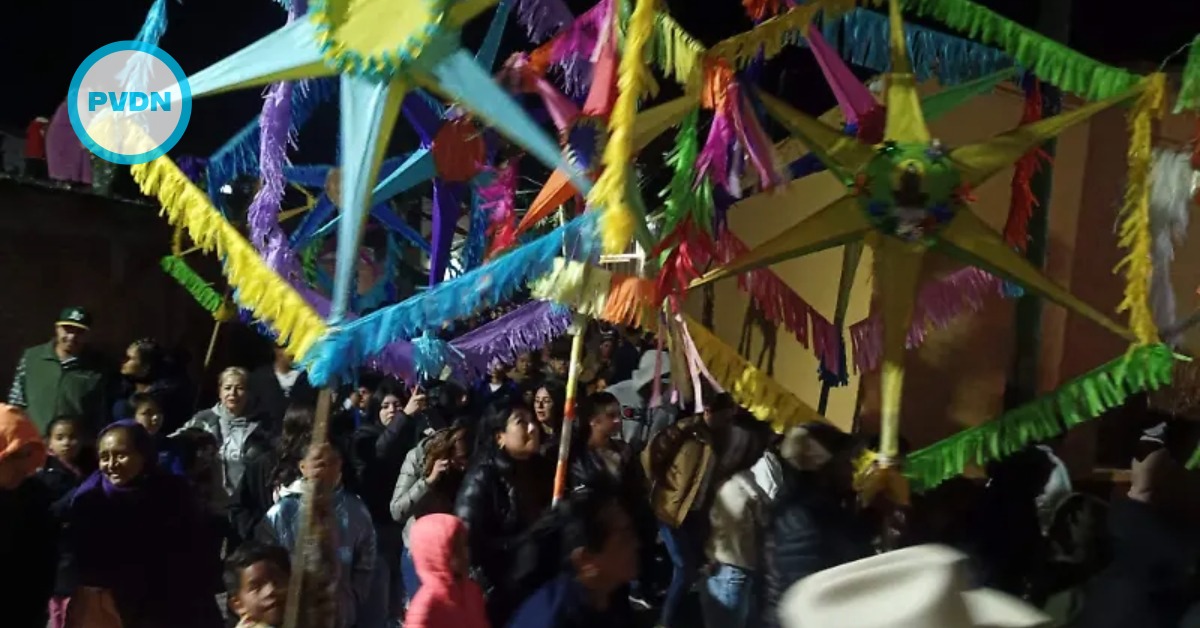Mexico, a country known for its vibrant and colorful culture, is a place where tradition meets modernity in a harmonious blend. The rich tapestry of Mexican culture is woven from its indigenous heritage, colonial influences, and modern developments, creating a unique and captivating cultural landscape. In this blog entry, we will explore various aspects of Mexican culture and traditions, delving into the elements that make this country so fascinating and diverse.






